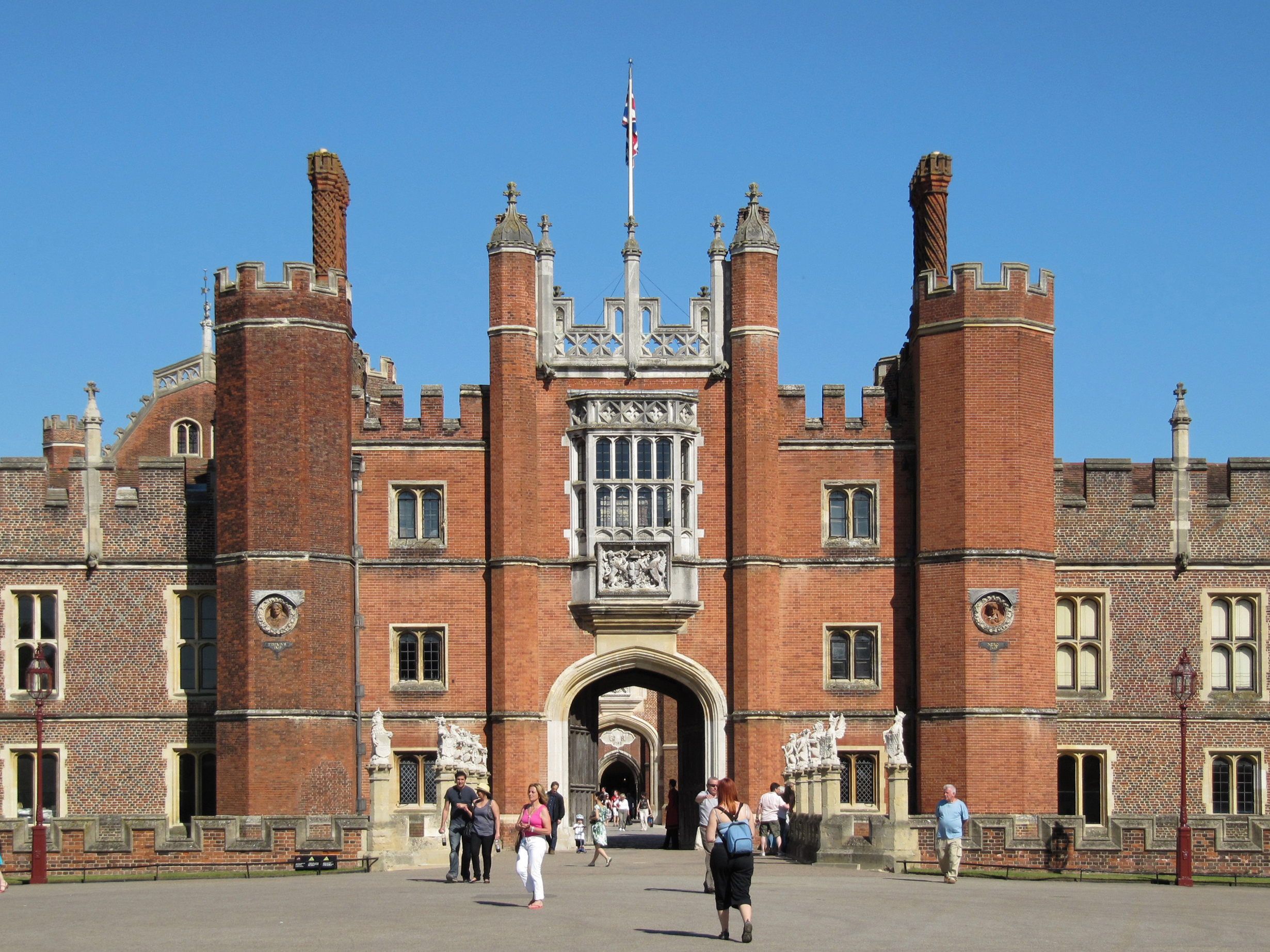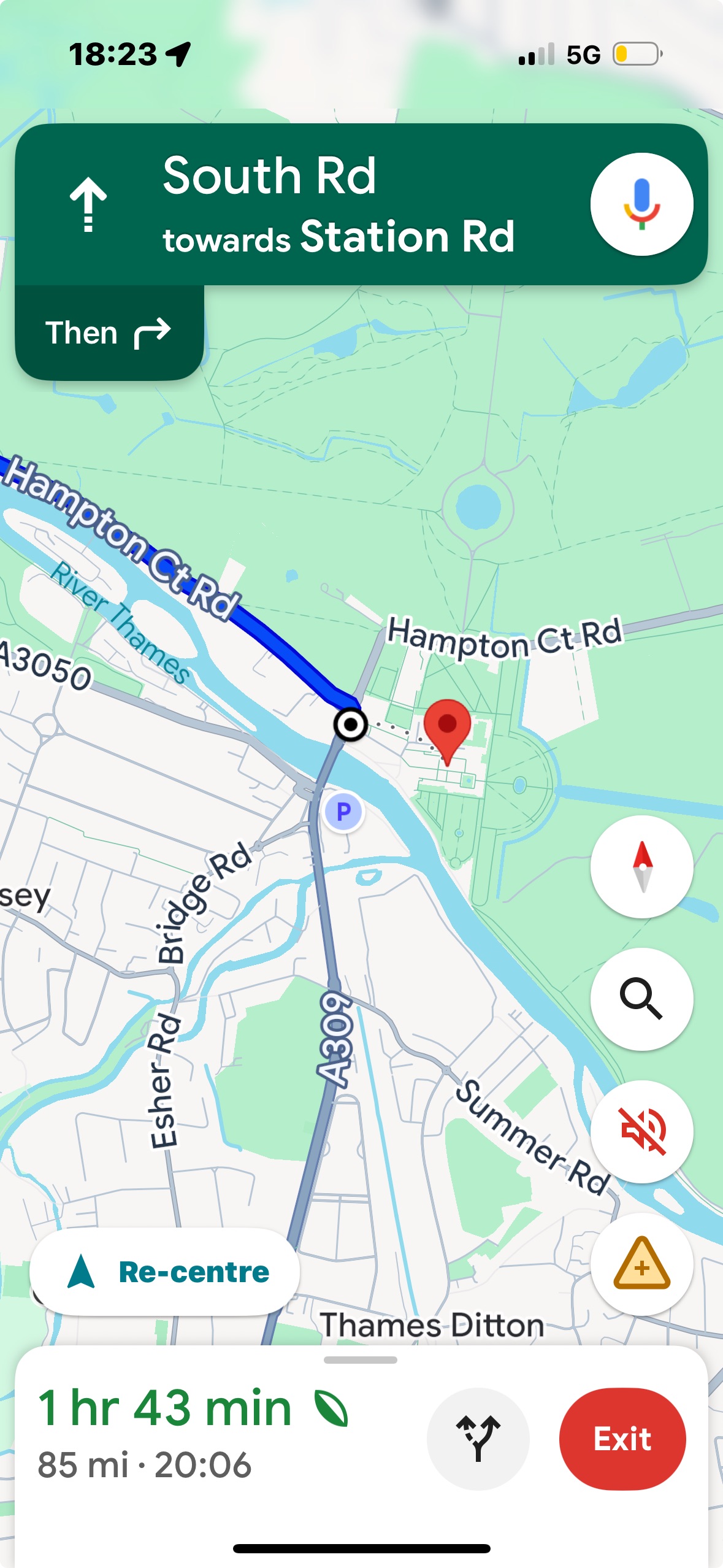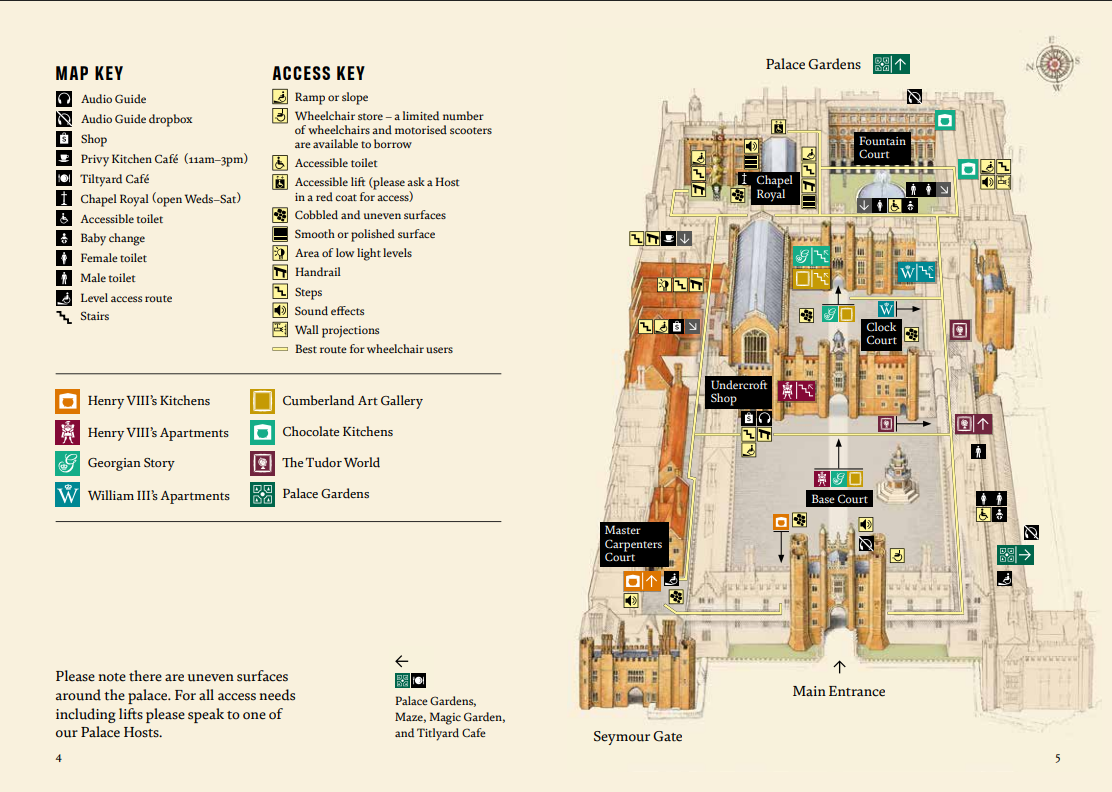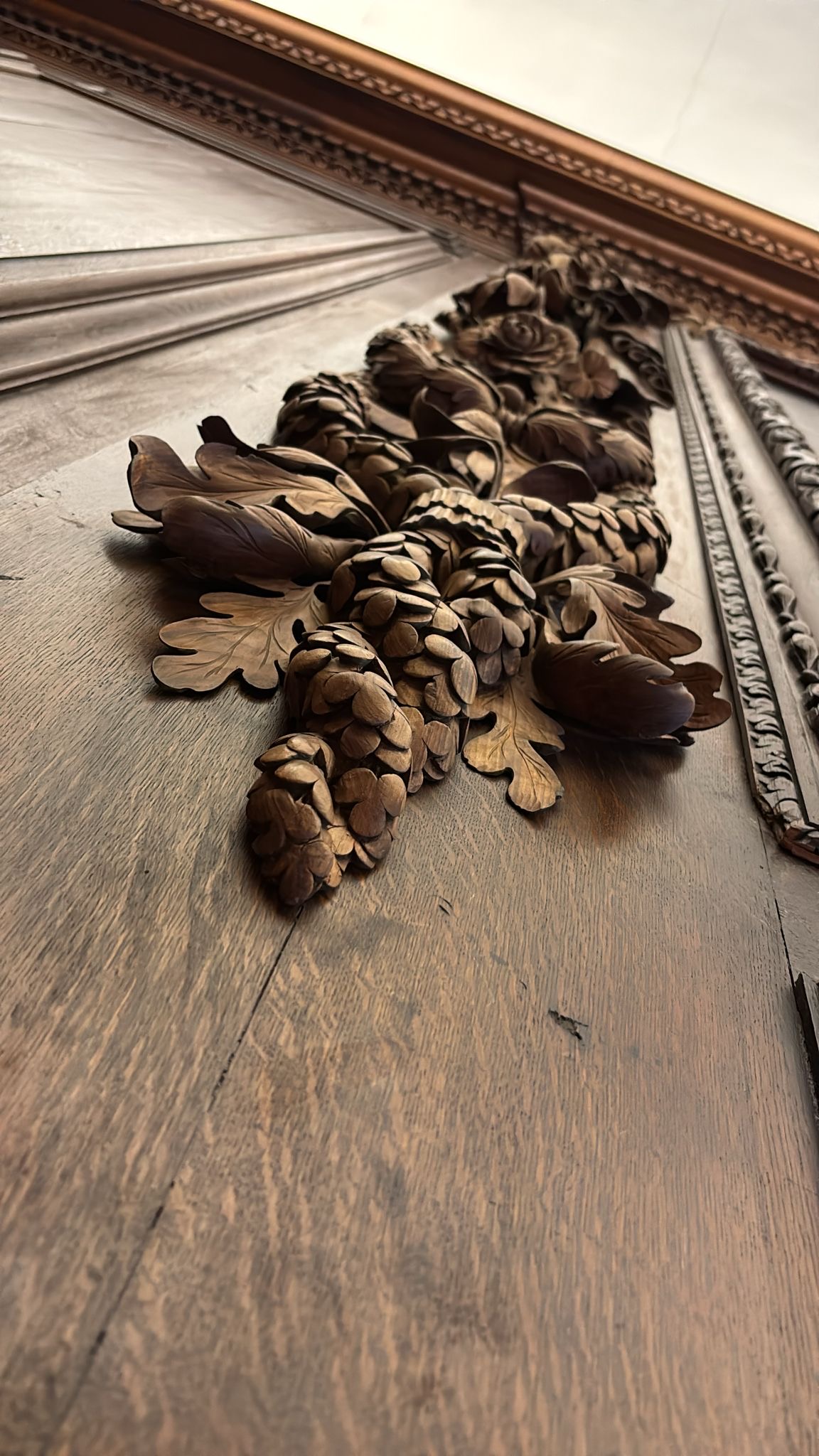Reflections on Accessibility at Hampton Court Palace: A Step Toward Inclusive Heritage

The Great Gate at Hampton Court Palace welcomes visitors to a space rich in history and culture.
Visiting Hampton Court Palace is an inspiring experience - a journey into the heart of British history, soaked in royal tradition and architectural wonder. But what happens when the grandeur isn’t equally accessible to all? Recently, I was invited by Goss Consultancy to join an Access Panel at Hampton Court Palace. The aim? To provide lived-experience feedback on the site's accessibility from the perspective of people with a range of disabilities. My role was to represent the neurodivergent and dyslexic user experience. We conducted our explorations independently, each panellist navigating the palace solo. This was a thoughtful approach: it ensured our feedback reflected authentic individual experiences rather than group consensus.
The Positives: Openness & Commitment to Change
First and foremost, I want to commend the Historic Royal Palaces team for their openness. They actively sought constructive criticism and were ready to hear difficult feedback - a rare and commendable attitude in heritage settings. Staff across the site, especially in the shop and entrance, were incredibly kind and welcoming. Even small things, like Google Maps leading to the correct entrance, show that Hampton Court Palace is actively collaborating with third-party platforms, a surprisingly vital part of the visitor journey.

Google Maps
What Needs Rethinking: A Landscape of Hidden Barriers
Despite the beauty of the site, several accessibility barriers emerged. For me personally, and likely many others, these included:
Signage Issues: Many directional signs are black, blending into the surroundings, making orientation difficult. Key areas like accessible toilets, wheelchair hire, and entrances were poorly marked.
Sensory & Neurodivergent Considerations: The "sensory map" lacked clarity and failed to provide meaningful cues for navigating intense environments. The name is also misleading- it doesn't actually serve as a sensory access guide.
Audio Guides: The headphone design didn't sit well over textured or voluminous hair, and the sound quality struggled against environmental noise. The palace actually offers Bluetooth or personal headphone compatibility, but this is not stated clearly in the guide.
Maps Without Landmarks: Area-specific maps, like those for Henry VIII's apartments, lacked clear surrounding cues (e.g., Clock Court)- disorienting for anyone relying on spatial context to navigate.
Visual Contrast & Lighting: In multiple interior areas, lighting was too dim to comfortably read signage or maps, especially for those with visual or processing difficulties.
Wheelchair Access: While accessible routes existed, they were often poorly marked, meaning a visitor might reach an entrance only to have to backtrack to find the correct way in.

Hampton Court Sensory Map
A Special Note on Independence & Navigation
One of the most powerful elements of the day was how each participant experienced the space independently. This offered pure, unfiltered insights into how accessible (or not) the palace truly is. Several of my colleagues who use wheelchairs described the visit as outright stressful due to the lack of clear directional information and inconsistent surface quality.
This highlights an essential truth in access work: accessibility isn’t just about physical ramps- it’s about clarity, autonomy, and dignity.
What This Visit Reinforced for Me

The picture taken by me
As an access consultant and advocate with lived experience, this visit affirmed the importance of heritage organisations engaging directly with disabled voices. Disability inclusion isn't just a compliance checklist - it's a culture.
Every confusing sign, every unmarked turn, every guide that can't be heard clearly - these aren't just oversights. They are barriers to participation in our collective history.
But I remain hopeful. Hampton Court Palace has already taken a bold first step by inviting feedback from people like me. And I'm encouraged by how seriously the team took every piece of our input.
Let's keep the momentum going.
If your organisation is looking to improve accessibility, whether in public spaces, digital platforms, or service design- I'd love to support you.
You can plan your visit by visiting their website Hampton Court Palace.

About Agnė Moses
Psychology & Wellbeing Specialist challenging medicalised models of mental health. Founder of Radical Thought, creating inclusive, human-centred approaches that honour lived experience and promote true resilience. Currently completing a Master's in Research in Psychology of Mental Health and Wellbeing.